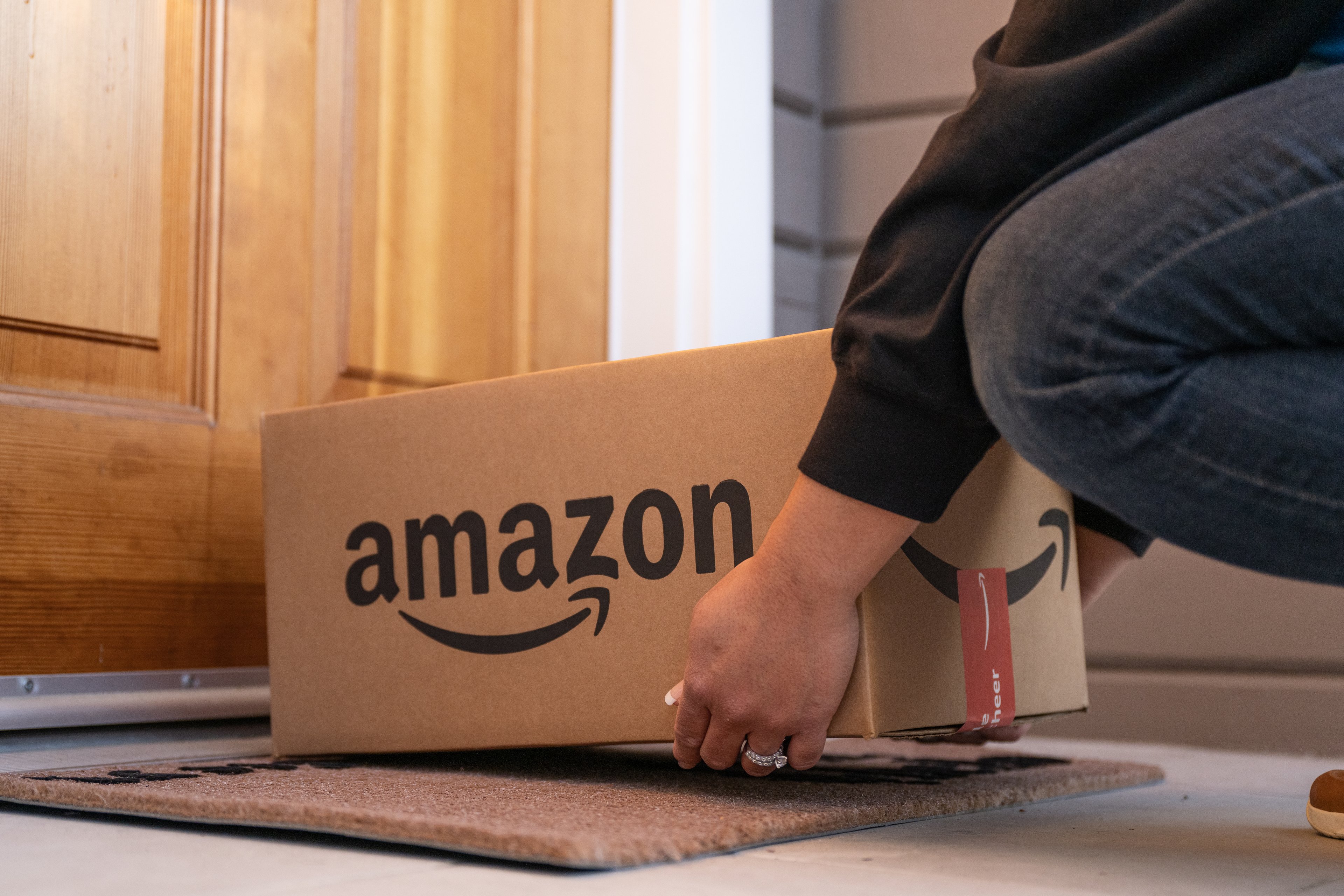Amazon.com (AMZN 0.60%) has been the greatest growth story of this century. In 2000, it was a small, unprofitable online retailer that generated the vast majority of its revenue from selling books, music, and movies. Total revenue was $2.76 billion that year.
Since then, Amazon has achieved strong -- and amazingly consistent -- growth, reaching nearly $200 billion of annual sales over the past 12 months. Clearly, investors expect this growth to continue for quite a while. Amazon stock currently trades for about 130 times the company's projected 2018 earnings and nearly four times its projected 2018 sales.
Amazon.com Revenue (TTM), data by YCharts.
However, Amazon's growth prospects depend heavily on achieving huge gains in revenue per customer -- particularly in the U.S. My personal experience as an Amazon customer makes me think that revenue per customer growth could slow down faster than investors expect.
I've hit peak Amazon
Relying on anecdotal evidence can be dangerous, as any particular example of a phenomenon may not be representative of what's happening more broadly. Nevertheless, anecdotes still can be useful for tasks like identifying risk factors before they start to have a noticeable impact on a business.
With that caveat in mind, one of the two big reasons why I won't consider investing in Amazon.com stock is that I have already hit my own "peak Amazon" in terms of spending. (The other reason is that Amazon continues to invest huge amounts of money in international markets with little to show for it.)
I recently analyzed my family's Amazon.com spending for the past decade and discovered a surprising trend: Our spending has declined significantly in recent years. In our peak Amazon year -- 2015 -- my wife and I spent more than $1,300 with the e-commerce giant. (I included sales tax, but not the annual Prime membership fee in the totals I calculated -- the two should roughly cancel out one another.) That level of spending is in line with the average for Prime members, according to a recent Consumer Intelligence Research Partners survey.

A typical Prime member spends $1,300 a year on Amazon. Image source: Amazon.com.
However, by 2017, my family's spending had plunged by more than 50%. In fact, my wife and I together spent less money on Amazon in 2017 than I spent by myself in 2008. Amazon's outlook for 2018 for my household isn't any better. Year to date, my wife and I haven't cracked the $200 mark -- even if you include a $69.99 purchase that came damaged and was refunded!
What's changed?
Part of the decline in my family's Amazon spending relates to unique circumstances with no broader implications for Amazon's business. In the years when we spent more money on Amazon, a substantial chunk of that spending went toward books for graduate school. Now that we're out of school, we aren't buying as many expensive books.
A second reason for the decline in our spending -- which hadn't occurred to me until I looked at my purchase history -- is that I stopped buying DVDs. The good news for Amazon is that it probably already has absorbed the bulk of the declines in physical media sales.
The third reason why we're spending less with Amazon is more worrisome. A few years ago, we got a Costco Wholesale (COST +0.28%) membership for the first time. As we've started to shop at Costco more frequently, our need for Amazon has declined.
For example, I discovered last year that Costco sells the same brand of coffee pods that I had been buying from Amazon. While the cost is only a few cents less per pod at Costco, the savings adds up when you buy as many as 500 coffee pods a year (as I do). That's more than $100 of annual spending that Amazon lost -- probably permanently.
I still like shopping with Amazon and find it very useful for certain things that are hard to find or tend to be overpriced at other retailers. (Examples include generic ink and toner, iPhone cases, and books.) However, based on my family's recent shopping patterns, it may not be worth it for us to renew our Prime subscription in light of the recent price increase to $119 per year. By contrast, our Costco membership clearly is worth every penny.
Will other customers have the same experience?
Clearly, my experience with Amazon is not representative of recent consumer behavior. Last quarter, Amazon's sales soared 46% in North America. Part of this increase was driven by the company's acquisition of Whole Foods Market last year. Still, on an organic basis, revenue likely rose by an impressive 25% to 30% year over year.
That said, while other customers haven't hit peak Amazon yet, an individual's spending growth can decelerate in a hurry, as I learned from personal experience.
Indeed, Amazon already has picked off many of its weak competitors in its largest merchandise categories. Food is arguably its biggest remaining growth opportunity in the U.S., but the Amazon Fresh service hasn't been terribly successful, while the Whole Foods store-based model isn't easily scalable. (Pharmaceuticals are another big untapped market, but Amazon has found recently that the barriers to entry are extremely high.)
Amazon stock's lofty valuation is predicated on the company having an extremely long runway for growth. Any signs that "peak Amazon" could be approaching would likely cause the stock to plunge.







